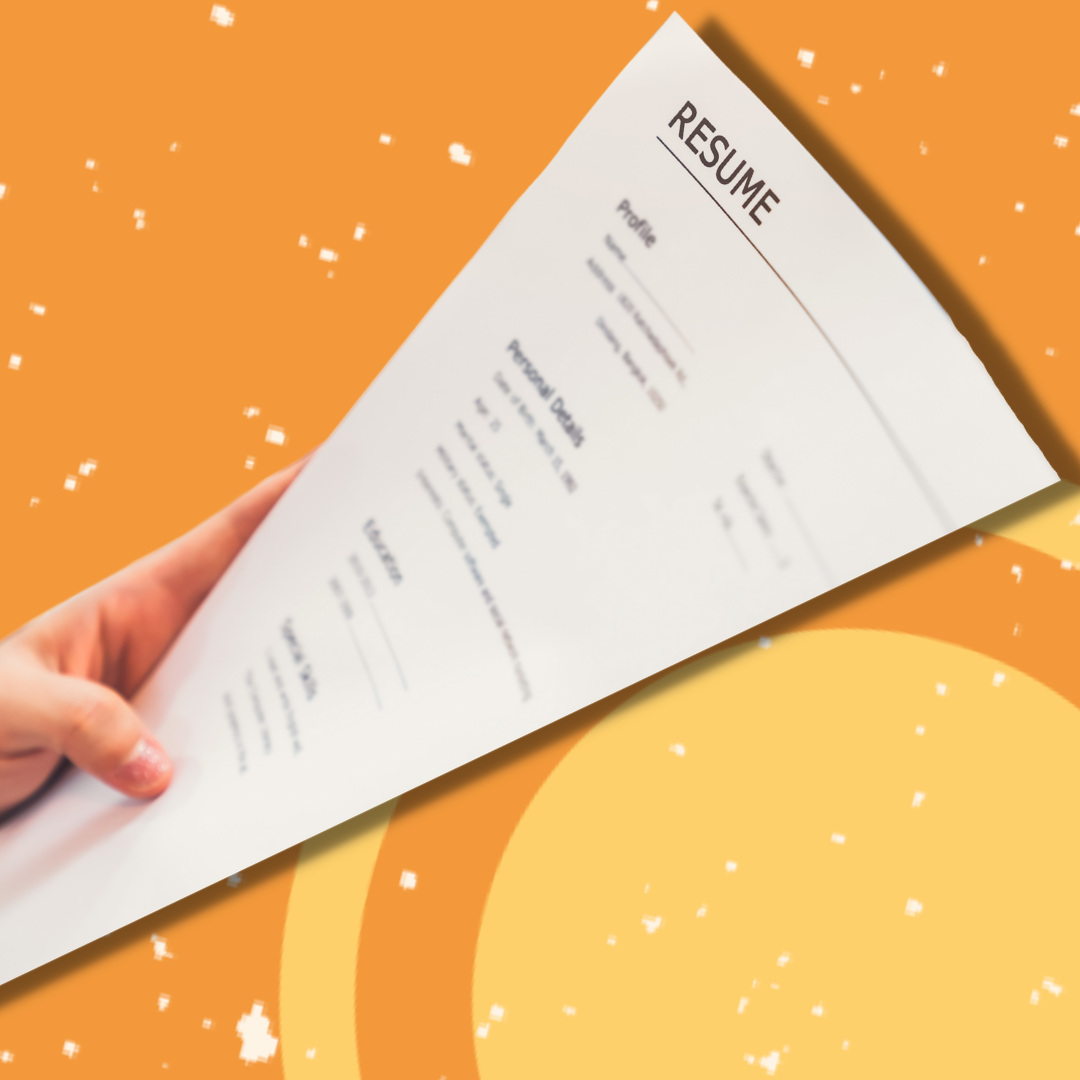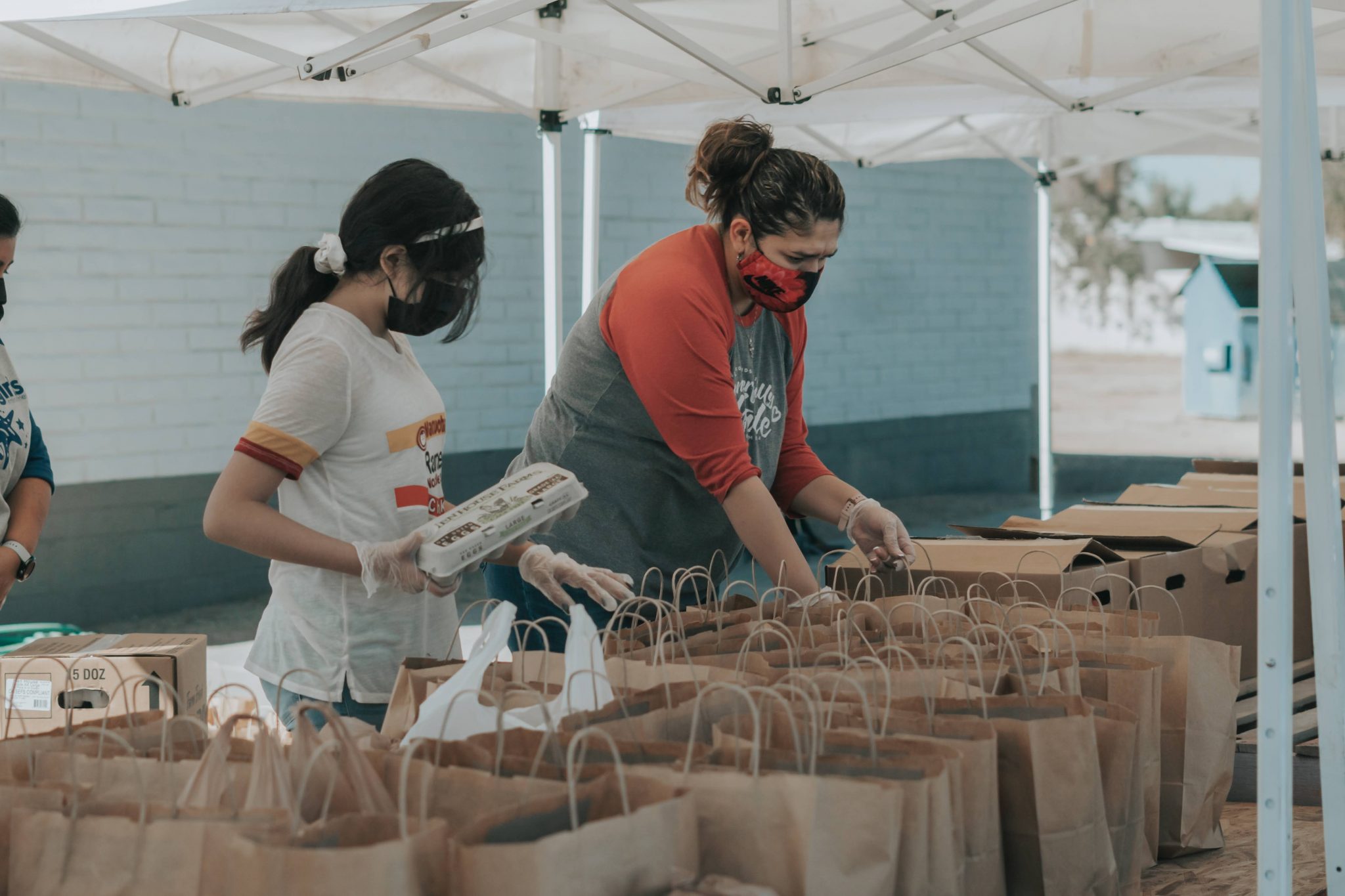A resume is the quickest way to display your achievements and show someone why you deserve an opportunity. A future employer wants to see your resume to know what your experiences and skills are and if they fit with the job posting. Not only can it show your experiences and accomplishments, it can give an employer some kind of idea about who you are as a person. You can write not only qualifications, but also interpersonal skills that you feel would help you in the specific job.
Here are a few things you should make sure to include on your resume,
- Contact information: Employers need to know who you are and how to contact you. Ordinarily, your name, phone number, email address, and a photo of yourself will suffice.
- Education: Be sure to include your education, whether it be middle, high school, or college, and any certificates and degrees you may have earned.
- Summary: You might consider offering some sort of summary (three to five sentences) about yourself and why you want the job.
- Experience: Past employment experience is an important part of your resume. If it’s only your first or second job, you can put any experiences you may have such as babysitting, mowing lawns, or volunteering. However, after you have had more jobs, start writing only experience that would be relevant to the job you’re going up for.
- Skills: Include any interpersonal or technical skills you may have, such as Microsoft Office, statistics, research, social media, additional languages, etc.
- Qualifications: Write down what makes you qualified for the job. Have you earned a degree that the job requires? Do you have specific skills that the employer is looking for? Does your prior job experience qualify you for the position?
The next few are relevant if your resume is for a school rather than a job position.
- Extracurricular activities: in this section, write down what kinds of activities you are doing outside of school. It doesn’t just have to be sports or an art, it can also be clubs, volunteering, etc. Include whatever you are spending time on outside of the classroom.
- Honors/Awards: if you have won any awards or been on the honor roll at school, include that in this section.
The easiest way to create your own resume is to use a template on something like Microsoft Word, Google Docs, or Pages. You can start from scratch creating your own, but templates make the process easier. It’s important not to choose a template that is too busy or crowded, as it may be distracting or not look professional. Don’t use too much color or an unreadable font. If you don’t have a laptop to make a resume with, consider going to a local library or computer lab and using the computers and printers there.
Your resume isn’t a place for filler content or too much information. You should do your best to make it as concise as possible. Whoever is reading your resume isn’t going to want to sort through irrelevant information. They want to get an accurate picture of your qualifications as quickly as possible. As such, it’s also best to try and make it a single page. Overall, it should be readable, simple, and informational.
It’s also important that your resume be error free. Use an editing tool like Grammarly and have someone else review it.



